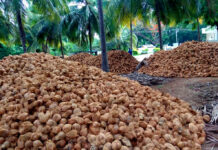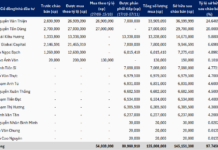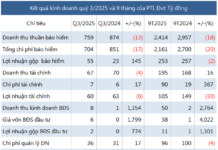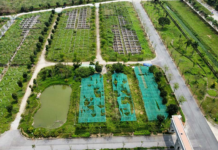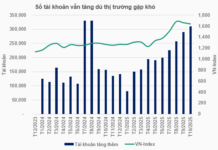In My Thuan commune, My Tu district, Soc Trang province, many farmers have turned to lotus root farming as a means of livelihood. Despite the hard work, both lotus farmers and hired help enjoy a stable income that supports their families. For some, this work has even lifted their household income to a comfortable level.
According to Can Tho Newspaper, over a dozen hectares in Rach Re hamlet (My Thuan commune, My Tu district) are dedicated to lotus root farming. The lotus fields are busiest in the early morning.
Mr. Bui Van Da (47 years old) harvests lotus roots every other day, yielding around 25kg that sells for approximately VND 500,000. His lotus field has provided a steady income for his family for over a decade.
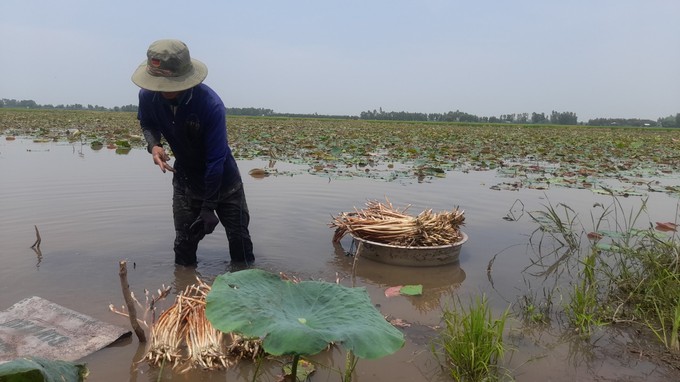
Lotus root farming provides a boost to the income of Western farmers.
“Lotus provides a stable income, but it requires wading through muddy water to harvest the roots. I go into the water early in the morning and harvest until I have enough for the traders to buy. It’s challenging, but the income makes it worthwhile,” shared Mr. Da.
Ms. Tran Ngoc Lien (46 years old) shared that harvesting is the most challenging aspect of lotus root farming, as it involves immersing oneself in water for extended periods. However, this hard work pays off. Her family’s one-hectare lotus farm yields a harvest every other day, bringing in over VND 1 million.
“To harvest lotus roots, one must feel their way through the mud, carefully pulling each root. Lotus plants have many thorns, which can easily scratch hands and feet. After hours of harvesting, your hands become numb, and you’re covered in mud and lotus sap,” Ms. Lien explained.
While harvesting lotus roots is arduous, requiring workers to submerge themselves in the pond, it provides a substantial income for both lotus farmers and those hired to harvest the roots. Agricultural laborers also participate in this work, earning VND 7,000 per kg. On average, they can make around VND 200,000 per day.
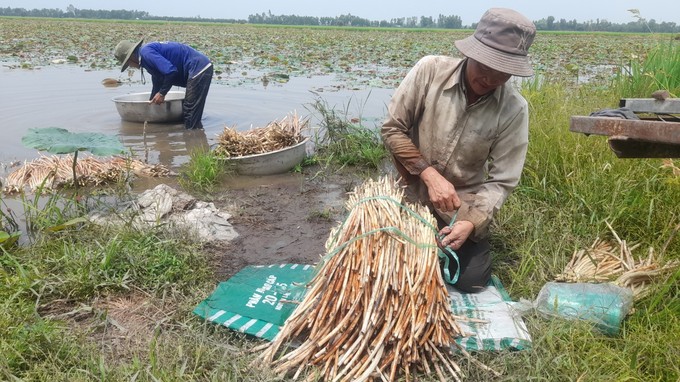
Lotus root farming requires harvesters to spend long hours in the water.
Mr. Bui Thanh Hoai, from Long An province, with over a decade of experience in lotus root farming, shared with Sai Gon Giai Phong Newspaper that cultivating lotus roots on one hectare costs around VND 30 million in fertilizer, pesticides, labor, and other expenses.
Mr. Hoai’s family cultivates lotus roots on two hectares, investing approximately VND 60 million. Every other day, they harvest between 150-200kg of lotus roots, “resulting in a profit of VND 60-80 million per crop,” he excitedly shared with us.
While lotus root farming is demanding, requiring near-daily immersion in the pond to harvest the roots and rhizomes, it offers a decent income to support one’s family. In fact, the profit can be two to three times higher than that of rice cultivation on the same area of acid sulfate soil and low-lying land.
Lotus Root Farming Techniques
According to the Plant Protection Department of Can Tho city, almost all parts of the lotus plant are usable. The flowers are used for decoration, the seeds for medicine, the roots as a vegetable with sedative properties, the stamens for tea, and the leaves for wrapping. Lotus is widely cultivated.
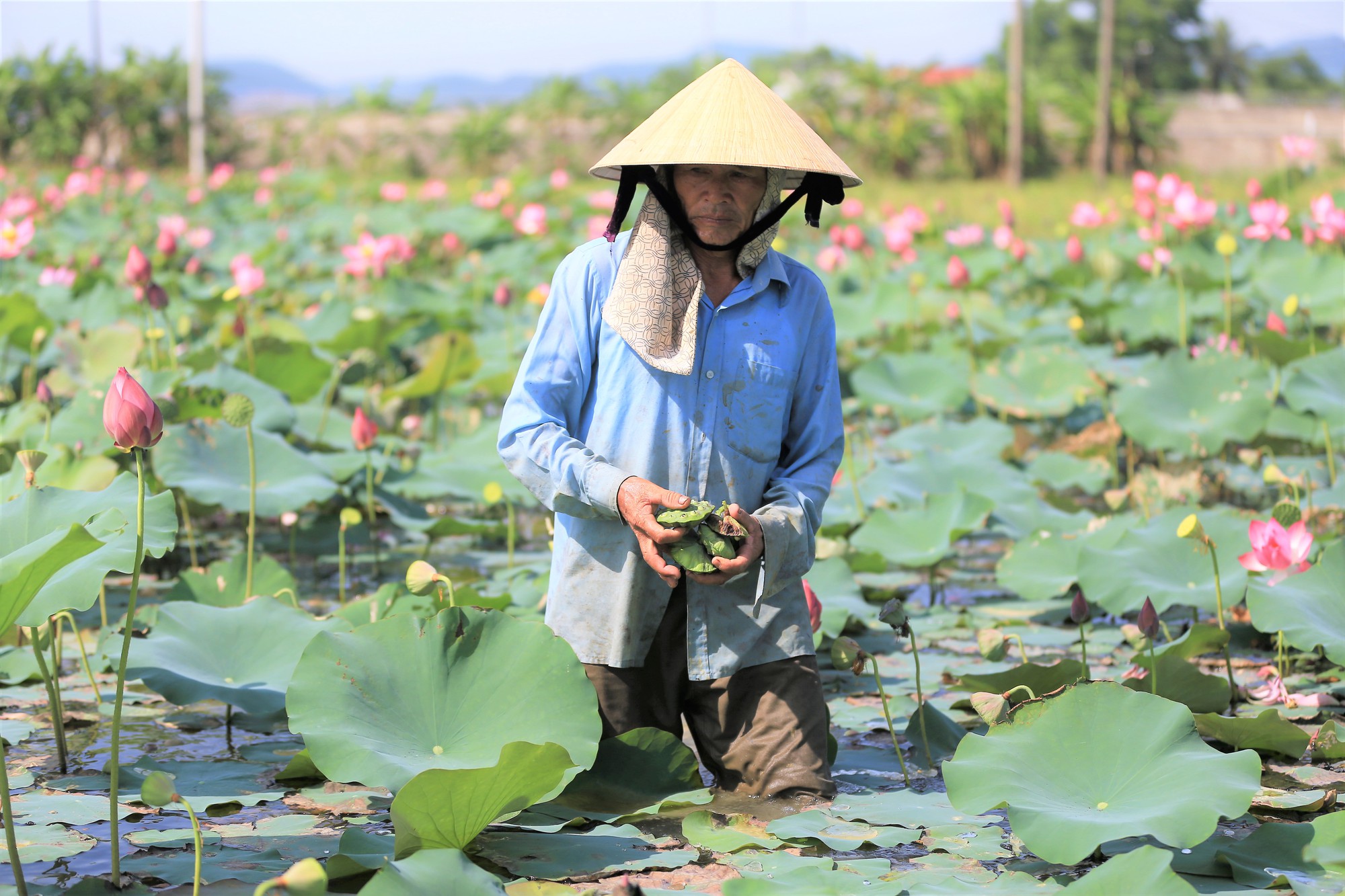
Water level is a critical factor in lotus root farming.
There are two popular lotus varieties: one with larger stems, leaves, flowers, and seedpods, and deep pink flowers, commonly known as “Cow Lotus.” The other variety, with smaller stems, leaves, flowers, and seedpods, and light pink flowers, is grown for its roots.
Lotus seedlings for planting should meet specific standards: they should have two robust, fleshy leaves, with large leaf diameters. Avoid plants with damaged or broken leaves, or those with broken underground stems (roots).
Planting method: After being uprooted from the lotus field, the seedlings must be kept in a cool, shaded place, protected from the sun’s rays, which can cause them to wither. When replanting, handle the seedlings gently to avoid breaking the roots. Avoid planting too deep, as this may hinder root growth, and don’t plant too shallow, or the seedlings may float. Space the plants 2 meters apart, with a density of 2,500 plants per hectare.
Initially, maintain a water level of 20-25 cm in the field to help the plants take root quickly. After about ten days, monitor and replant any gaps. Subsequently, gradually increase the water level as the plants grow. An ideal water depth is 40-50 cm.



